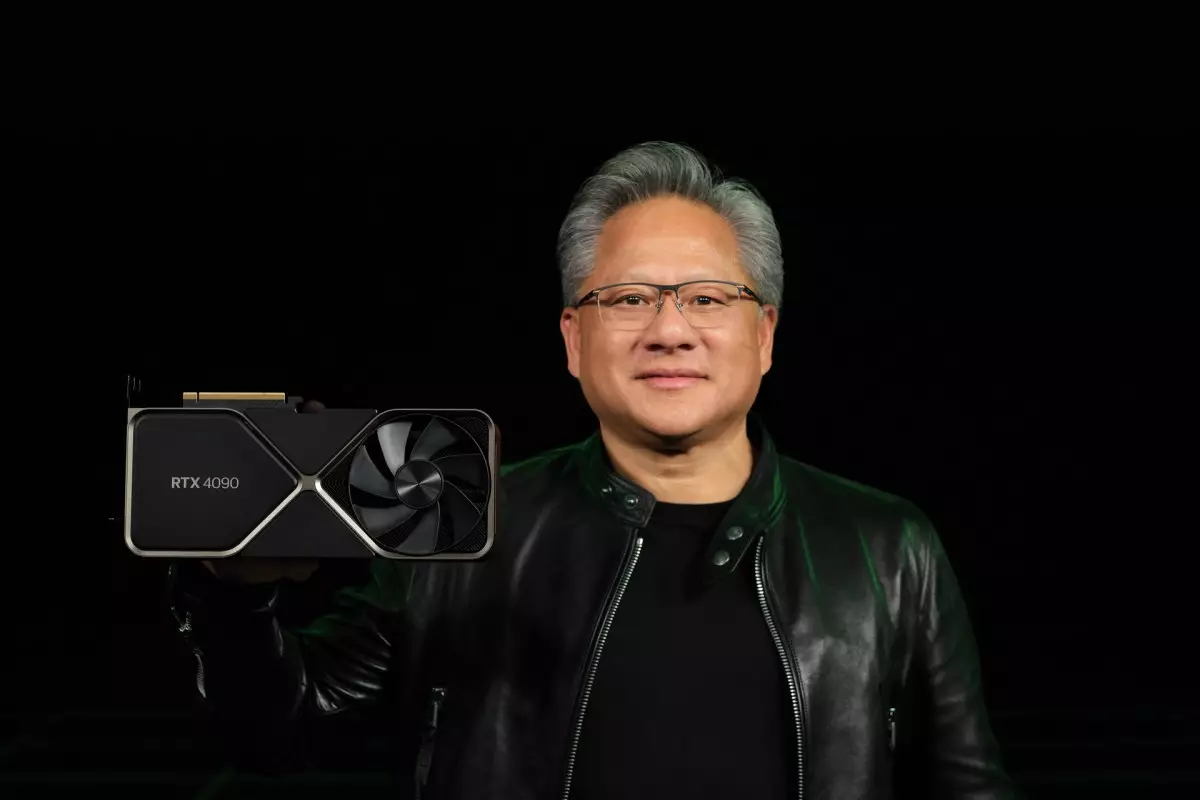The technology landscape, particularly in the realm of artificial intelligence (AI), is evolving at an astonishing pace. Amid this transformation, chipmaker Nvidia has set its sights on acquiring the Israeli startup Run:ai, which specializes in AI workload management. This $700 million deal, initially announced in April, has not only raised eyebrows but also triggered regulatory scrutiny from the European Union (EU). As Nvidia navigates through these regulatory challenges, it must grapple with the growing concerns regarding competition and market concentration in the AI sector.
The European Union has historically positioned itself as a vigilant regulator, aiming to maintain fair competition within its Single Market. While the proposed acquisition of Run:ai does not meet the EU’s standard notification thresholds for review, Italy’s competition regulators flagged the deal due to perceived local risks. Under Article 22 of the EU Merger Regulation (EUMR), national regulators have the power to refer transactions that threaten significant competition within their jurisdictions. Italy’s referral signifies a shift in the regulatory environment: regulators are now more proactive in assessing potential market changes before they manifest.
The European Commission’s acceptance of this referral is a clear signal of its commitment to scrutinizing mergers that may impact competitive dynamics—especially in a space as volatile and rapidly growing as AI. With AI reliant on advanced hardware, such as Nvidia’s graphics processing units (GPUs), concerns arise about the monopoly power that could ensue if larger firms acquire the technology that drives smaller, innovative startups.
The formal notification that Nvidia will need to provide to the EU introduces additional layers of complexity into the acquisition process. This step is not merely bureaucratic; it is critical for ensuring that the proposed merger undergoes proper examination. Consequences may include extended timelines and uncertainties around Nvidia’s plans for integrating Run:ai into its operations. Such delays not only jeopardize the strategic timelines Nvidia might have established but also reflect broader regulatory scrutiny that tech giants are now facing due to their acquisition strategies.
Should the initial review uncover significant antitrust concerns, the EU may escalate its investigation to a more comprehensive review. Such additional scrutiny could extend the timeline for approval into months, introducing uncertainties that may affect shareholder confidence and strategic business planning within Nvidia and potentially the market at large.
The landscape of regulatory scrutiny has shifted significantly in recent years, especially as market concentration has reached concerns levels among lawmakers and regulators worldwide. The once laissez-faire attitude toward Big Tech mergers has transformed, recognizing the anti-competitive outcomes from their sizeable acquisitions of smaller enterprises. This regulatory shift demonstrates a keen awareness of how rapidly developing technology sectors like AI can consolidate under a few large players, potentially stifling innovation and competition.
The importance of timely regulation is underscored by the fast-paced evolution of AI and machine learning technologies. Startups not only introduce innovative solutions; they often serve as critical avenues for advancements in research and development. Nvidia’s interest in Run:ai reveals not only a strategic acquisition but a race for dominance in a field that stands to define the coming technological eras.
As Nvidia prepares its documentation for the European Commission, the path ahead remains riddled with complexities. The company’s spokesperson has stated that Nvidia is open and willing to address any concerns regulators may have regarding the acquisition. However, the fate of the merger hinges on regulatory perceptions of competition in the AI market, a developing scenario that may redefine how technology companies pursue acquisitions in the future.
Ultimately, the outcome of this review will not only determine the future of Nvidia’s acquisition plans but will also serve as a precedent for how similar tech mergers are evaluated in the context of competitive impact within the EU’s jurisdiction. As regulatory vigilance increases, tech sectors must adapt their acquisition strategies to navigate a landscape that is becoming increasingly hostile to unchecked consolidation. The implications for market dynamics and innovation are profound, as this evolution could shape future trajectories within the vibrant and fast-paced world of AI technology.

